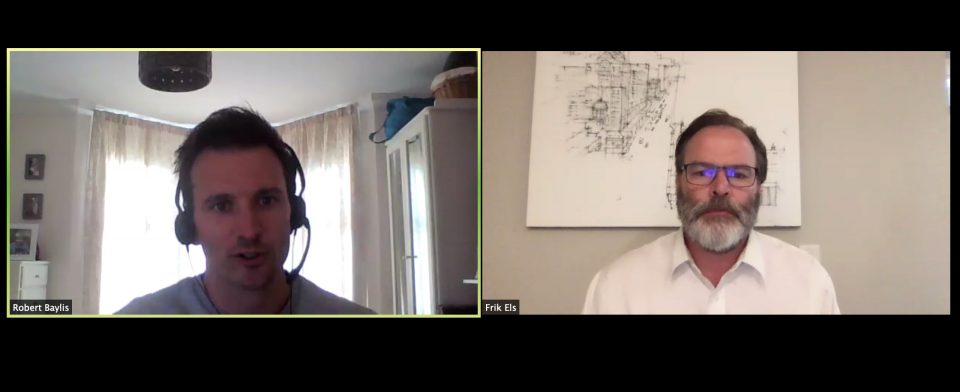As the Covid-19 pandemic shutdown economies around the globe, it revealed a number of underlying problems with regional supply chains. The production of copper, cobalt, lithium and other key metals and minerals were severely impacted, leading to supply and demand problems internationally.
As part of the 2020 Global Mining Symposium, Frik Els, Executive Editor of The Northern Miner’s sister publication, MINING.com, spoke to Roskill’s Managing Director, Robert Baylis, about some of the issues related to these fractured supply chains.
Els began the conversation by asking if the trade tensions between the United States and China, as well as worldwide impact of the pandemic, are signs that there is a fundamental shift occurring with mining supply chains.
“I’m not sure we are seeing fundamental changes,” said Baylis. But he did highlight three factors that have become apparent this year as having an influence on supply.
The first is U.S. trade policies that have become increasingly protectionist in nature. Baylis reminded the audience that these trade policies have not only been targeted at China, as Canada saw with aluminum and steel tariffs imposed by the Trump administration.
The second factor, said Baylis, was the realization that, “Many countries and regions were relying on concentrated sources for their materials.” All it took was for one country to go into lockdown and the disruptions began.
Finally, he said that the pandemic made people realize that there are factors that can come out of the blue, for which we were unprepared, and that will impact physical trade.
Moving on to environmental, social and governance (ESG) issues, Els wondered if it is wishful thinking that consumers will pay a premium for a commodity produced, for example, from a “green mine”.
“I do think there is a place in the market for that,” replied Baylis. “You [will] pay because you see a benefit to the environment and whatnot.” However, he did caution that paying a premium for a sustainable metal is still in the early days of being commonly accepted in the marketplace.
Roskill’s Baylis then gave his opinion about the dynamics in the markets for specialty and technology metals. He categorized a lot of these markets as being quite small.
“A lot of these metals do have a concentration of production,” he said. “You can generally say that most of the rare metals have better growth prospects, though the volume may be quite small and not noticed.”
The conversation then shifted to environmental issues, with MINING.com’s Els asking when is the tipping point coming for fossil fuels, such as coal?
“I think that change is coming and it’s coming pretty quickly. We’ve already seen it with coal,” Baylis answered, pointing to how the German government has been subsidizing coal miners to exit their sector.
When asked what his thoughts were on the surge in copper’s price, Baylis replied, “Copper, in the long term, you would always think would do well. With electrification, copper plays a big role. However, in the short term, the price rise is really about Chinese consumption.”
Finally, Els asked his guest what he thought about the lithium market, and lithium miners.
“Yes, it’s been a tough ride the last twelve months. But it could be a rapid turnaround. We think demand is going to come back, next year, with stronger electric vehicle demands.”


